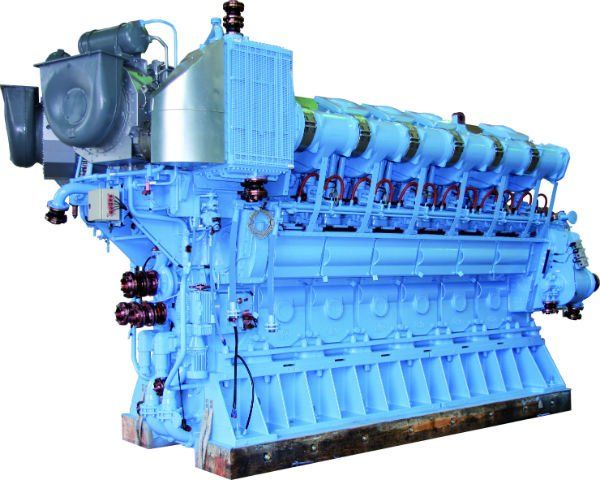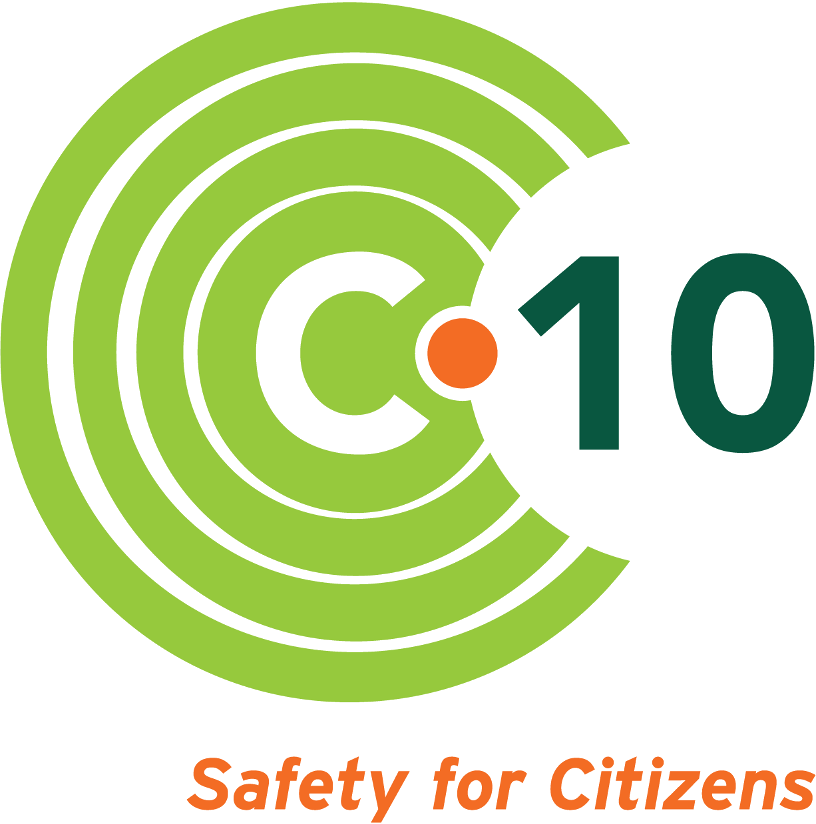Hurricane season has begun
- By Natalie Hildt Treat
- •
- 03 Jun, 2021
Nuclear safety during severe weather events is a growing concern

It’s officially Atlantic Hurricane Season again, and it will be an “above average” one, according to the National Oceanographic and Atmospheric Administration (NOAA). It’s been almost nine years since Super Storm Sandy pummeled the areas from the Caribbean to the coastal Northeast, leaving a trail of destruction and flooding, extensive and prolonged power and communications outages, and claiming at least 43 lives.
With so many US nuclear power plants situated along the coast or major waterways, these questions comes up when we think of climate change and the increasing frequency and severity of storms: How prepared are the reactors for storms and flooding, and how prepared are we who live in the in emergency planning zones (EPZs) of commercial reactors? There are around 170,000 people who live in Seabrook Station's 10-mile EPZ. Nationwide, around 3 million people live that close to a nuclear plant.
How the NRC and the Nuclear Industry Prepare for Disasters
According to a blog about hurricane preparedness, the US Nuclear Regulatory Commission (NRC) tracks storms and stays in close communication with partner agencies at the federal and state level, as well as with the plant operators.
The loss of electric power is a problem for nuclear reactors that depend on a system of pumps to maintain cooling operations. In extreme circumstances, plants may need to be powered down proactively for safety reasons. According to Paul Cataldo in the US Nuclear Regulatory Commission’s Region 1 Office, “Seabrook Station has the ability to maintain backup electrical power indefinitely, which includes power for vital equipment in support of cooling the reactor core and the spent fuel pool.”
“This is accomplished by implementing diverse and flexible mitigation strategies requiring onsite backup electrical equipment capable of providing power until additional equipment can be brought in from a national response center. This is a relatively new requirement that stemmed from the lessons learned following the Fukushima event,” Cataldo wrote in an email to C-10 while serving as the agency’s resident inspector at Seabrook.
Seabrook has two Emergency Diesel Generators (EDGs) that, according to Cataldo, have enough fuel oil in storage tanks to support each EDG's operation for 7 days. The NRC deems a week as sufficient to safely power down the reactor and bring in replenishment fuel from offsite. Seabrook has additional fixed and portable on-site diesel generators, and the ability to bring in equipment from national response centers, Cataldo explained.
The Institute of Nuclear Power Operations, an industry collaborative, maintains two national rapid response centers with portable equipment such as generators that can be dispatched in an emergency. The closest one to Seabrook is in Memphis, Tennessee. After the nuclear disaster at the Fukushima Daiichi plant in Japan in 2011, the Institute upgraded its emergency response center to better facilitate the sharing of equipment and expertise whenever and wherever it is needed, within 24 hours—per the trade group's website.

Lessons from Fukushima
According to critics like the Union of Concerned Scientists, neither the NRC nor the industry are doing all that they can to guard against the possibility of a natural disaster-induced nuclear accident. In 2019, after years of study and a report from the Fukushima Task Force, only some of the task force’s 12 recommendations became requirements.
"This rule was meant to be the capstone of the agency's response to the Fukushima Daiichi accident in Japan," NRC Commissioner Jeff Baran said in a dissenting statement after the NRC affirmed weaker than hoped for rules, dropping some of the hazard mitigation requirements. Baran said that the final version, issued in January 2019, would allow licensees to be prepared "only for the old, outdated hazards... calculated decades ago when the science of seismology and hydrology was far less advanced than it is today." More analysis on the recommendations here.

Prepare Yourself
Where does this leave us? How at-risk is Seabrook Station and the surrounding areas in the event of a big storm that knocks out power and internet, and floods evacuation routes?
U.S. Nuclear Power Plants Weren’t Built for Climate Change, according to an article in Bloomberg Businessweek. By 2060, New Hampshire’s coastline is expected to flood twice a month, per the Union of Concerned Scientists. For more about the Seabrook Station’s and surrounding communities’ vulnerability to climate change and rising seas, check out C-10’s previous blog, Seabrook Under Water.
Evacuating during a flooding event has long been on the minds of residents who live near Seabrook Station, particularly in low-lying coastal areas. At the 2019 NRC Seabrook Safety meeting, Steven Colman, Radiological Emergency Preparedness Branch Chief for Region 1 of the Federal Emergency Management Agency, told audience members that “alternate scenarios,” would be ordered if people could not safely leave the area due to flooded roads in the event of a nuclear emergency. Shelter-in-place is what he meant. Hmm. a good reminder to check out the emergency planning resources we’ve compiled on our website, here.As part of our work as nuclear safety watchdogs, C-10 operates a real-time radiological monitoring network within Seabrook Station’s 10-mile Emergency Planning Zone (EPZ). For nearly 30 years, we’ve provided this important service under contract with the Massachusetts Department of Public Health’s Bureau of Radiological Control. The network measures beta and gamma radiation as well as wind-speed and direction. Monitoring helps state officials understand ongoing exposure from permitted radiological releases. It could also help them protect the public in the unlikely event of an accident at Seabrook.
But there’s a problem: Our Citizens Radiological Monitoring Network depends on uninterrupted power and internet access. Without those services, C-10’s network could go down at a time when it’s most critical: when severe weather strikes.
The solution: C-10 is working with a company called Climate Resilient Internet to design a new communications platform for its radiological monitoring network, built to withstand severe weather and other threats, and powered by a solar and battery configuration.NRC’s Annual Seabrook Safety Meeting - Wednesday, June 9 at 5:30 pm
The US Nuclear Regulatory Commission staff will host a webinar to discuss NRC’s assessment of safety performance at Seabrook Station for 2020. Interested members of the public should register no later than one business day prior to the meeting. Meeting info and registration link are here.
C-10’s Annual Public Meeting - Thursday June 17, 2021 at 7 pm
Featured topic: Making C-10’s network climate resilient, with David Theodore, CTO of Climate Resilient Internet. C-10 has been monitoring airborne radiation in real-time for nearly 30 years. With the increase of severe weather and flooding impacting our region, we are making plans to upgrade our network so that it is virtually "failsafe," even when power and the internet are out.
Learn about this transformative project, get updates on safety concerns at Seabrook Station, and ask questions of our team. We are thrilled that independent nuclear safety expert David Lochbaum will join us to talk about "The Secret Sauce." Tune in to find out what that's all about!
All are welcome. Register here to let us know you'll be attending.
Follow us





